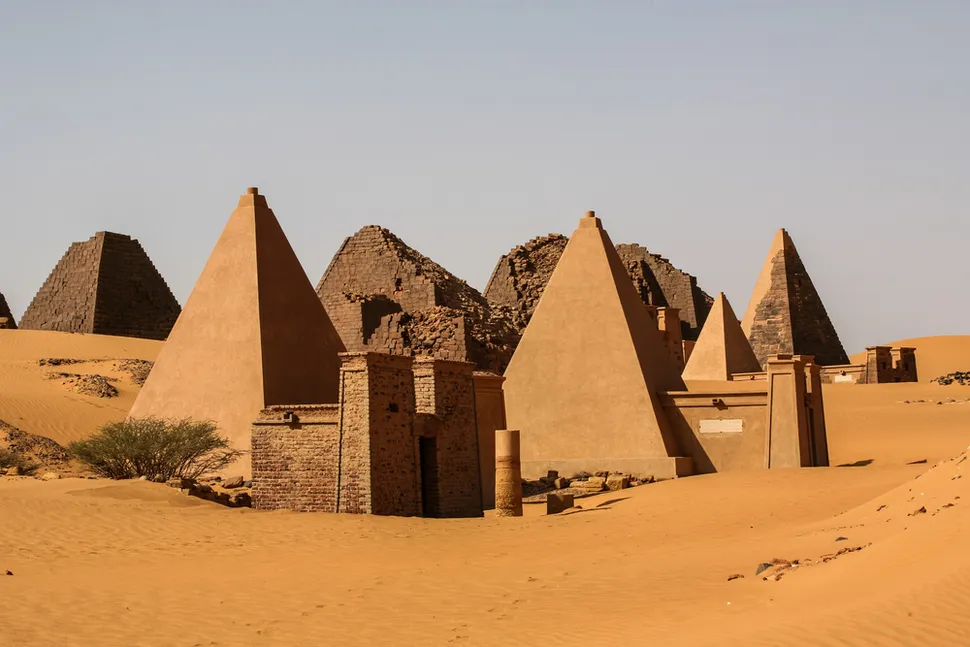Ancient Egypt was located in Northeast Africa along the...
Nile River
The ancient Egyptians mostly practiced __________ throughout their history.
polytheism
A stone tomb with triangle-shaped sides that come together to form a point on top.
Pyramid
Ancient Egypt was a ________ since the pharaoh was a king or queen who had complete control of the government.
monarchy
The flooding of the Nile River made it possible for the Egyptians to live in the desert because the floods left behind a strip of _______ ____ along its banks.
fertile soil
Kush was a kingdom that also lived along the Nile River and was located south of Ancient Egypt in a land called...
 Nubia
Nubia
The most important leader in ancient Egyptian religion was the _______.
pharaoh
It is believed that workers would cut stone, such as _________ and _______ for the pyramids.
limestone and granite
System of government ruled by religious leaders, it allowed pharaohs to use religion and their status as a god to justify their decisions to the people.
Theocracy
The Nile also made it possible for Egyptians to trade with nearby civilizations, such as those in _____ or the _______ _______.
Nubia or the Fertile Crescent
The Nile starts in the south near the modern-day city of K______m, Sudan. It flows to the north where it ends at the...
Mediterranean Sea and starts in Khartoum, Sudan
Pharaoh is a Greek word that translates to _____ _____.
"great house"
tall pillars with four sides and a point at the top.
Obelisks
Group of rulers from the same family.
Dynasty
Over time, trade started to take place between Egypt and Kush, as the Egyptians wanted their ____, _____, and _____.
gold, ivory, and ebony.
Section of the Nile River with rapids and rocky terrain.
Cataract
The pharaoh and priests had a responsibility to observe the law of...
ma’at
Unit of measurement that equals the length between the elbow and fingers, which was used for planning the pyramids.
Cubit
It is believed that a king named _____ or ______ united Upper Egypt and Lower Egypt to form one kingdom around 3100 BCE.
Menes or Narmer
Egyptian leaders like __________ often used riches from conquests to fund architecture projects and to support the arts.
Hatshepsut
Fan-shaped region created when soil is deposited at the end of a river.
Delta
The God of the Pharaohs and Sky is...
Horus
large stone slab that was used to decode hieroglyphics.
Rosetta stone
The largest pyramid at Giza, also known as the Great Pyramid, belonged to a pharaoh named _____, who is one of the most famous pharaohs from the Old Kingdom.
Khufu
Military conquests increased the wealth of Egypt, since the conquered kingdoms would often send gifts and riches to the Egyptian leaders. What would these conquests increase?
These conquests increased trade between the Egyptians and other neighboring groups, such as those living on the Sinai Peninsula, in Asia Minor, and Greece.